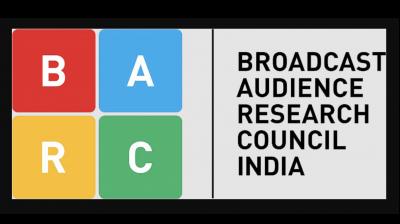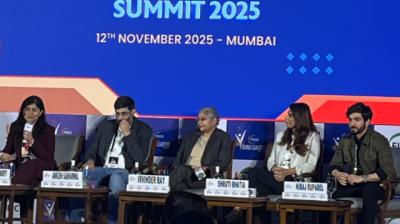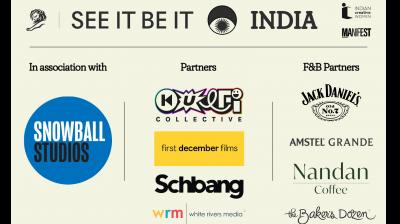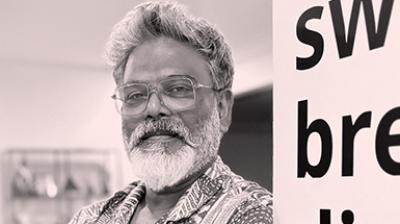Marketing has always been about visibility, the ability to get your brand in front of the right people at the right time. In the past decade, paid media has become the shortcut of choice for achieving that visibility. From targeted Facebook ads to Google search campaigns and influencer partnerships, businesses have poured budgets into buying attention.
While effective in the short term, this approach has created a dependency trap where many brands feel invisible without constant ad spend.
The marketing world is also becoming more expensive and unpredictable. Customer acquisition costs are rising year after year. Algorithms on platforms like Instagram, Facebook, and Google change without warning, often reducing organic reach and making brands pay more for the same results. In this environment, the brands that survive and thrive will be those that are not solely dependent on paid promotion, those that have built a self-sustaining ecosystem of brand awareness, loyalty, and advocacy. This is the essence of independence in marketing: the ability to stay relevant and visible even when the ads are turned off.
The risks of overreliance on paid media
The analogy is simple: paid media is like a sugar rush. It’s quick, it’s noticeable, and it gives you instant energy. But just like sugar, the high doesn’t last, and you’ll need more to sustain the same effect. A brand that depends exclusively on paid channels is exposed to several risks:
Budget volatility: If the marketing budget is cut during a downturn, brand presence can collapse almost overnight.
Platform dependency: Your reach is at the mercy of algorithms and policies owned by someone else.
Perception of inauthenticity: Overexposure through paid ads can make the brand feel overly commercial, eroding consumer trust.
True marketing resilience is achieved when a brand has a foundation of owned and earned media that can hold attention and drive engagement without needing constant paid pushes.
Pillar 1 – Strong brand narrative
Every independent marketing strategy begins with a strong narrative. A brand’s story, its “why”, should be powerful enough to be shared without being paid for. When the story resonates deeply, people carry it forward through conversations, shares, and earned media coverage.
Patagonia, the outdoor clothing brand, has built its entire identity around environmental activism and ethical manufacturing. Their now-famous “Don’t Buy This Jacket” campaign, launched during Black Friday, urged customers to think twice before purchasing new items, highlighting the environmental cost of consumerism. It was a bold move, and it went viral without heavy paid promotion. The campaign’s success proved that a compelling, values-driven narrative can cut through the noise without depending on ad budgets.
Your story should not only explain what you sell but also why you exist, and that “why” should inspire people enough to share it themselves.
Pillar 2 – Community-led growth
Paid ads may drive clicks, but communities drive loyalty. A brand that invests in community-building creates a long-term network of advocates who spread the message on their own. Community-led growth not only reduces reliance on ads but also makes the brand feel more human.
Lego’s “Lego Ideas” platform invites fans to submit their own product ideas, vote on submissions, and even see their designs become official Lego sets. This initiative has transformed Lego’s customers into co-creators, giving them a sense of ownership and deepening brand loyalty. Not a single Facebook ad is needed to get this community talking; the engagement is organic and self-perpetuating.
When customers feel like participants rather than just consumers, their engagement becomes independent of paid campaigns.
Pillar 3 – Multi-channel content ecosystem
One of the most effective ways to achieve marketing independence is by building a content ecosystem that works across multiple channels. A single high-quality piece of content can be repurposed into blog posts, social media snippets, podcasts, YouTube videos, and PR stories. This reduces content costs and keeps the brand visible without heavy ad spend.
HubSpot’s inbound marketing strategy is legendary. Long before “content marketing” was mainstream, HubSpot was producing free tools, detailed industry reports, and educational blogs that attracted millions of organic visitors. Even today, their paid ads act only as amplifiers; the core traffic comes from a well-maintained library of evergreen content.
Create content that is valuable, educational, and shareable so it continues to work for you over time, regardless of whether you’re running ads.
Balancing paid, owned, and earned Media
Independence doesn’t mean abandoning paid media altogether. The most resilient strategies integrate paid, owned, and earned media in a way that paid becomes a catalyst, not a crutch.
Nike invests heavily in paid advertising for its iconic campaigns like “Just Do It,” but it also builds deep consumer connections through initiatives like the Nike Run Club, a community-driven platform where runners can track progress, connect with others, and participate in challenges. Even if Nike paused advertising for a month, the Run Club community would continue to engage and promote the brand organically.
The key is balance. Use paid media for specific goals, product launches, amplifying a trending story, or entering a new market, but ensure your owned and earned channels are strong enough to sustain attention in between those bursts.
A practical roadmap to building independence
For brands seeking greater independence, here’s a step-by-step approach:
- Audit your dependency: Measure what percentage of your traffic, leads, and conversions comes from paid versus organic channels.
- Strengthen owned assets: Build a robust website, grow your email subscriber list, and create a high-value content library.
- Earn media coverage: Pursue PR opportunities, guest articles, podcast appearances, and speaking engagements.
- Activate brand advocates: Encourage user-generated content, reviews, and referral programs.
- Repurpose Smartly: Make each content piece work across multiple formats and platforms.
- Track Holistic Metrics: Look beyond clicks and impressions, measure organic engagement, direct traffic, and unsolicited brand mentions.
The future belongs to independent brands
In an era of rising advertising costs, increasing competition, and unpredictable digital platforms, independence in marketing is no longer optional; it’s a survival strategy. A brand that can generate visibility, trust, and engagement without being tethered to continuous ad spend is stronger, more resilient, and more authentic in the eyes of its customers.
Independence does not mean rejecting paid media; it means ensuring that your brand can thrive without it. Paid campaigns should amplify your story, not define it. The brands that will dominate the next decade are those that inspire people to share their message willingly, because inspiration has no media budget and no algorithmic limit.
A truly independent brand doesn’t just advertise, it resonates. And when your brand resonates, it will travel farther, last longer, and cost less than any campaign you could ever pay for. That is the ultimate freedom in marketing.
The author is founder and director, The Marcom Avenue.










